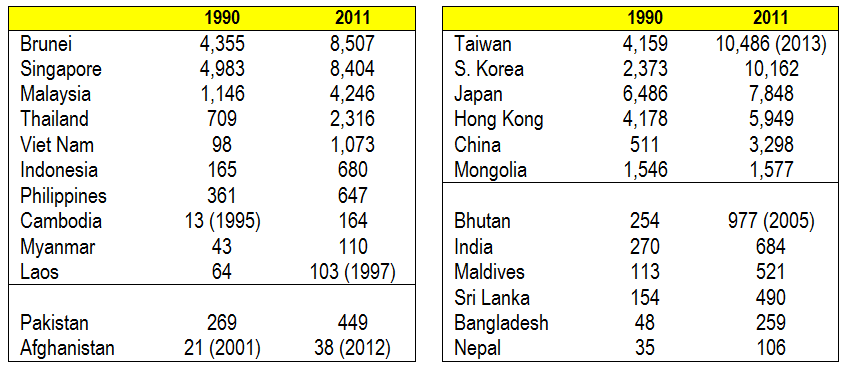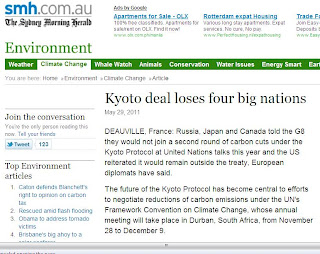Business 360: Electricity and Development, 2015
* Ny article for the March 2015 issue of Business 360, a monthly magazine published in Kathmandu, Nepal.
----------
Electricity and Development
When I was in Nepal for one week in January this year, the lack of electricity was among the most prominent issues that I observed. Many road intersections have no stoplights, all hotels have generator sets, many streets are dark at night, and so on.
The business potentials of Nepal are huge, with its unique geography and mountains tourism, and its young and big population. The need for more stable supply of electricity is evident.
Economies that use more machines and automation that run on extensive electricity have higher labor productivity and are generally richer.
Table 1. Electric power consumption, kWh per capita
Source: ADB, Key Indicators for Asia and the Pacific 2014.
See the big jump in power use in just 21 years by Vietnam (10.9x increase), China (6.4x), Bangladesh (5.4x), Maldives (4.6x), Indonesia (4.1x) and Thailand (3.3x). The other countries have a simple doubling of use, or even flat lined, like the case of Mongolia.
In a paper produced by Samriddhi, The Prosperity Foundation in July 2014, they noted that huge power deficit of around 900 MW on average will persist in the short-term. There are transmission and distribution problems but the main explanation for such huge power deficit resulting in up to 18 hours a day of brownouts during winter, is the low capacity of power plants, only about one third (1/3) of their installed capacity.
Table 2. Nepal Electricity Supply-Demand Outlook, in MW
Source: Samriddhi, 2014. Policy Options for Improved Electricity Transmission System in Nepal
Where there is lack of power and electricity, there is also low growth potential. There is definitely a direct causality between electricity use and economic growth. The countries and economies that have high per capita electricity consumption (table 1 above) also have high per capita GDP at Purchasing Power Parity (PPP) valuation.
Table 3. GDP Per Capita at PPP, in current international dollars
Source: ADB, Key Indicators for Asia and the Pacific 2014
In previous papers of this column over the past two years, the need to liberalize and even privatize the power generation, transmission and distribution system was articulated. In particular:
First, liberalize further the power generation sector, encourage more hydro power, big and small, to be installed and built.
Second, facilitate more power imports from India especially those from coal power plants. Coal is generally cheap and supply from abroad is stable. This means the construction of more transmission lines and facilities from India to Nepal.
Third, deregulate power rates. Let those who can afford to pay higher electricity rates in exchange for more stable supply do so, whether imported from India or locally produced. This has been happening actually for many years now as the richer residential areas and big commercial centers have their own generator sets. Their willingness to pay higher rates in exchange for stable electricity supply is already there. Power rate deregulation will encourage faster construction of more power generation plants and transmission lines.
Fourth, privatize some power plants that produce more losses than revenues for the government, sell to private power companies in a competitive bidding. Privatization of course should be coupled with industry deregulation, to encourage competition among more players.
Fifth, reduce the number of permits, bureaucracies, taxes and fees for companies putting up new power generation plants and transmission lines. Call in more power generation companies, large engines and turbine suppliers from many countries to enter Nepal.
Nepal’s big tourism and other business potentials will be unchained drastically once the power bottlenecks are addressed and solved.







Comments
Post a Comment